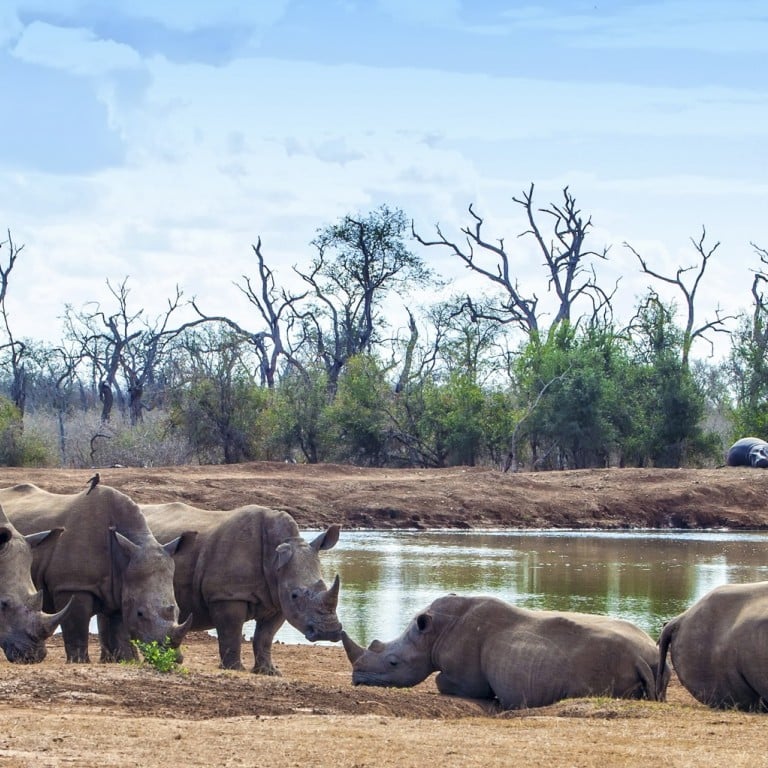
From Czechia to Sri Lanka: 7 countries that changed their names, when and why
- Swaziland changed its name to eSwatini to stop it being confused with Switzerland. No, really
- Some rebrands were driven by politics, others by pride, while some were about asserting a nation’s new-found independence
Countries change their names for a variety of reasons. Sometimes it’s for political purposes or to encourage a sense of national pride. The switch might be motivated by marketing considerations and occasionally it’s the result of a royal decree. A rebranding exercise also provides a clean start after independence – the decolonisation of Africa led to a flurry of name changes: Bechuanaland became Botswana, Nyasaland was renamed Malawi, Gold Coast converted to Ghana and the country formally known as Upper Volta emerged as Burkina Faso.
Here are seven other nations that have tinkered with their titles.
eSwatini
Visit: game parks are big business in tiny eSwatini. Hlane Royal National Park is home to lions, elephants, giraffes, zebras and hippos, and recognised for its record on rhino conservation. Mountain biking, horse riding, white-water rafting and hiking in the highlands are all popular pursuits. In fact, you could almost be in, er, Switzerland.
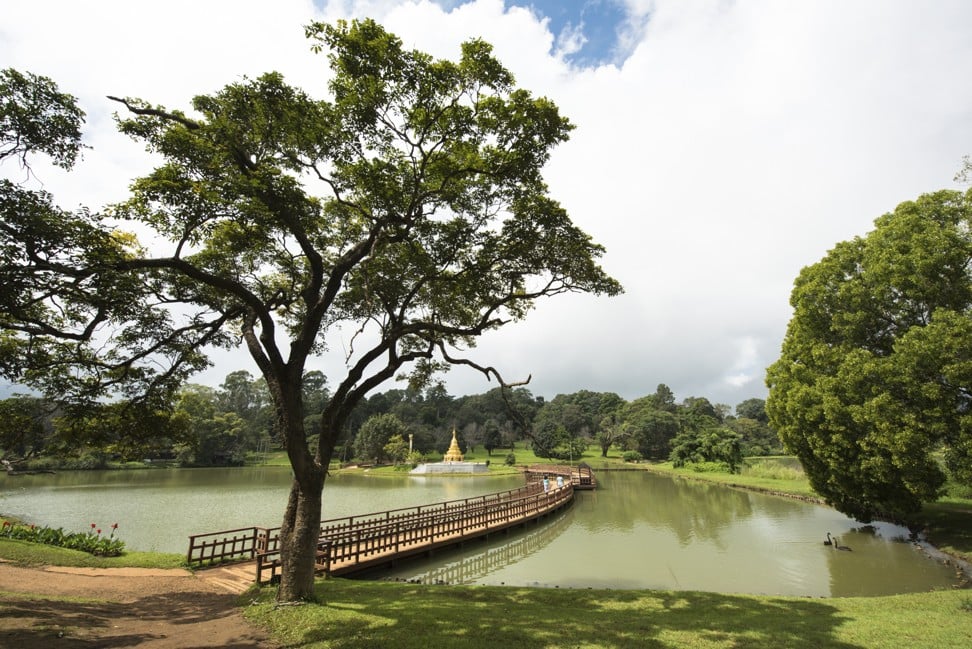
Myanmar
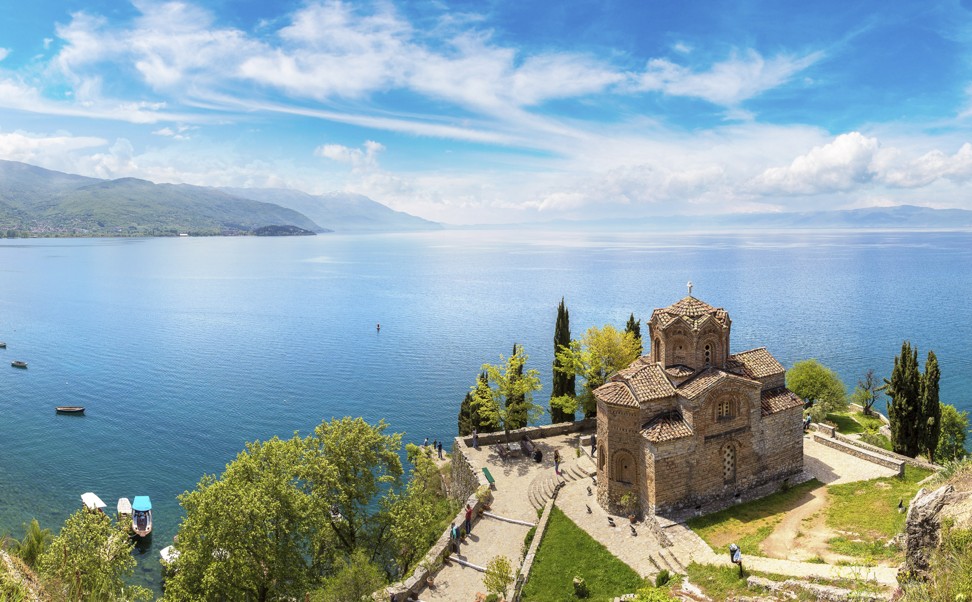
North Macedonia
Visit: located on a lake of the same name, Ohrid is a high-season party destination that reverts to a peaceful retreat as soon as the summer crowds have gone. The charming old town, Byzantine churches, medieval castles and strikingly clear water make it a North Macedonian must-see.
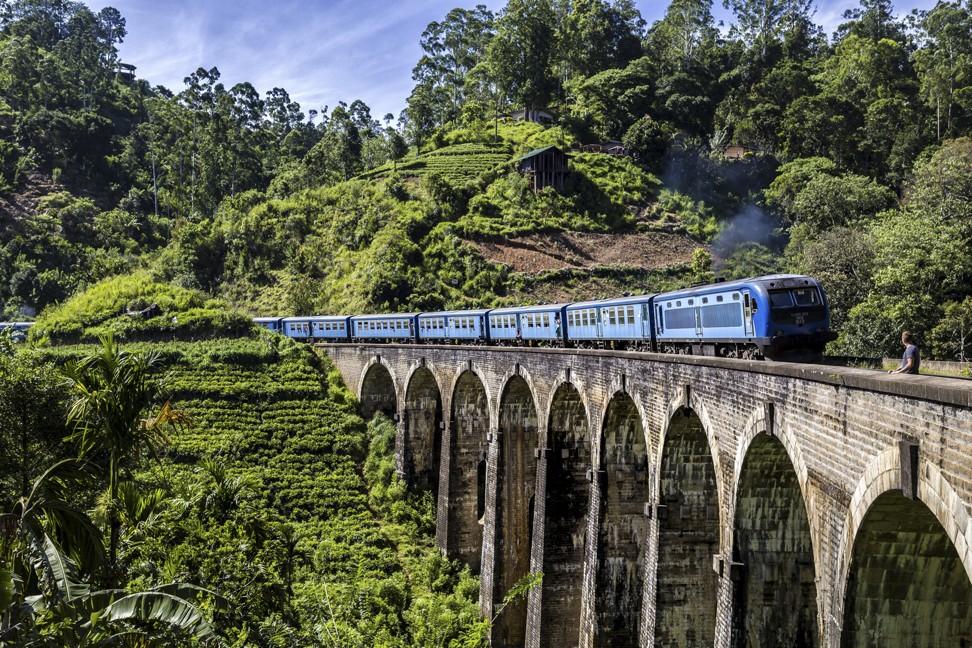
Sri Lanka
Visit: take the train from Colombo into the Central Highlands as far as Ella, more than 1,000 metres above sea level. Use the town as a base from which to discover roaring waterfalls, tea plantations, the photogenic Nine Arch (railway) Bridge and Ella Gap, which offers sweeping views all the way back down to the coast.
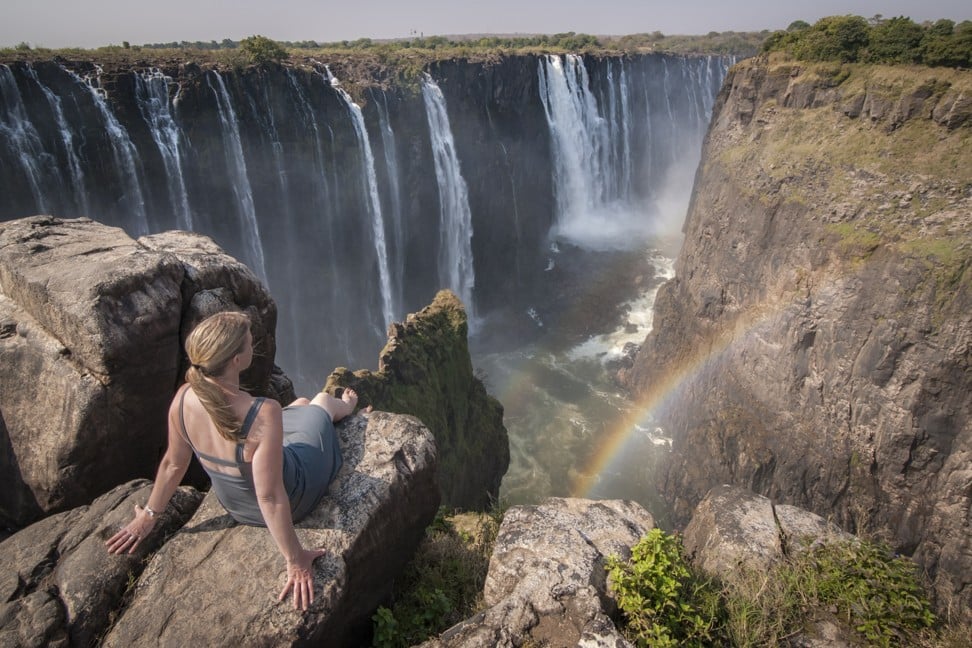
Zimbabwe
Visit: Hwange National Park, the largest in Zimbabwe, is home to the world’s highest concentration of elephants. The Big Five (lion, leopard, rhino, buffalo and elephant) roam the savannah grasslands and woodlands, along with 100 other types of animals and 500 species of birds. An hour’s drive away is Victoria Falls. The mile-long marvel of mist and spray marking the border between Zambia and Zimbabwe is one of the world’s most spectacular sights.

Czechia
Visit: instead of devoting all your time to touristy Prague, why not head to Little Prague? Cesky Krumlov is an enchanting medieval gem overlooked by a castle and enclosed on three sides by the Vltava River. A cross between a sightseeing destination and a screen saver, the fairy-tale town attracts its share of visitors but on nothing like the scale of the capital of the Czech Republic – sorry – Czechia.
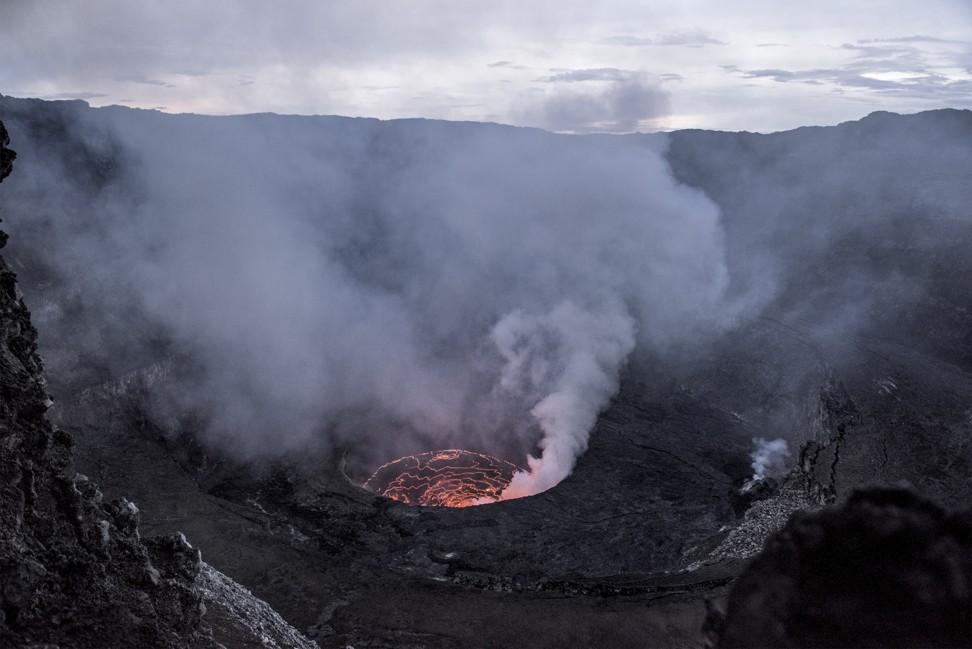
The Congo
The largest country in Sub-Saharan Africa has had its fair share of name changes. In the 19th century it was the Congo Free State as well as the Belgian Congo. At independence, in 1960, the Republic of Congo-Léopoldville became the Democratic Republic of the Congo. In 1971, it was renamed the Republic of Zaire before reverting to the Democratic Republic of the Congo in 1997. To further confuse cartographers (and the rest of us), the country on its western border is called the Republic of the Congo and also Congo-Brazzaville. Got all that?
Visit: one of the world’s most active volcanoes, Nyiragongo looms over the Congolese city of Goma and Virunga National Park, home of the critically endangered mountain gorillas. The trek up to the planet’s largest lava lake takes up to eight hours but the views are certainly worth it, particularly after dark, when the boiling, bubbling beacon can be seen for miles around. Be sure to check the security situation before travelling – no one ever confused the Democratic Republic of the Congo with Switzerland.

